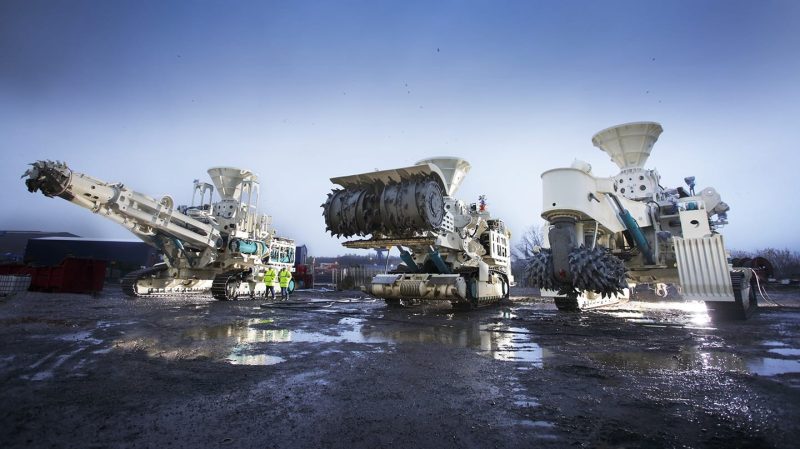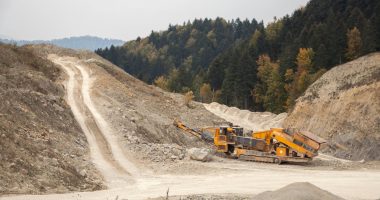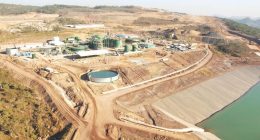Scientists have observed early signs of marine life returning to deep-sea mining sites carved into the seabed over 40 years ago. However, they warn that full recovery may be impossible due to the long-lasting impact of mining.
The findings, published in Nature, come as global discussions intensify over deep-sea mining regulations at the International Seabed Authority (ISA) meeting in Kingston, Jamaica. While some nations push for commercial mining, environmentalists and scientists caution that such activities could have devastating consequences for marine ecosystems.
Researchers in the UK assessed the aftermath of a 1979 deep-sea mining test in the Clarion-Clipperton Zone (CCZ), an area rich in metal nodules located between Hawaii and Mexico. The site, more than 4,000 metres (13,000 feet) deep, is home to rare and largely unknown marine species.
The study found that mining tracks—eight metres (26 feet) apart—remained clearly visible, and while some smaller, mobile creatures had returned, larger, seafloor-dwelling organisms were still “very rare.”

Lead researcher Daniel Jones from the National Oceanography Centre said the numbers of many animals were reduced within the tracks, but that there are some of the first signs of biological recovery.
However, the removal of nodules, which serve as habitats for marine life, means that a full ecological recovery in affected areas may be impossible.
Deep-sea mining raises major environmental concerns, from species extinction to disruptions in the ocean’s food web. Critics also warn that disturbing sediment could release carbon stored in the seabed, potentially worsening climate change.
Although the study found that sediment plumes from the mining machines had not caused lasting damage in the test site, researchers cautioned that industrial-scale mining would have much greater consequences.
“The visible physical impacts of mining could last for many decades,” the authors noted, adding that more modern equipment may reduce but not eliminate the harm.
A Secret CIA Connection to Deep-Sea Mining
The research also uncovered a surprising historical twist—linking deep-sea mining to Cold War espionage. The 1979 test was reportedly inspired by a CIA operation that used deep-sea mining as a cover to recover a sunken Soviet nuclear submarine. After the covert mission, the CIA leased its ship for actual mining experiments.
Interest in deep-sea mining declined after initial experiments, but in recent years, the demand for metals like cobalt and nickel—used in smartphones and rechargeable batteries—has reignited commercial ambitions. Scientists estimate that the CCZ seabed holds around 21 billion tonnes of metal-rich nodules.
Despite economic incentives, researchers stress the need for informed policy decisions. Co-author Adrian Glover of the Natural History Museum in London said that the results don’t determine whether deep-sea mining is acceptable, but they provide critical data to guide policies, conservation efforts, and monitoring strategies.
As global leaders debate the future of deep-sea mining, the study highlights the lasting scars left on the ocean floor, posing a crucial question: should the seabed be exploited for resources, or should it remain protected?













